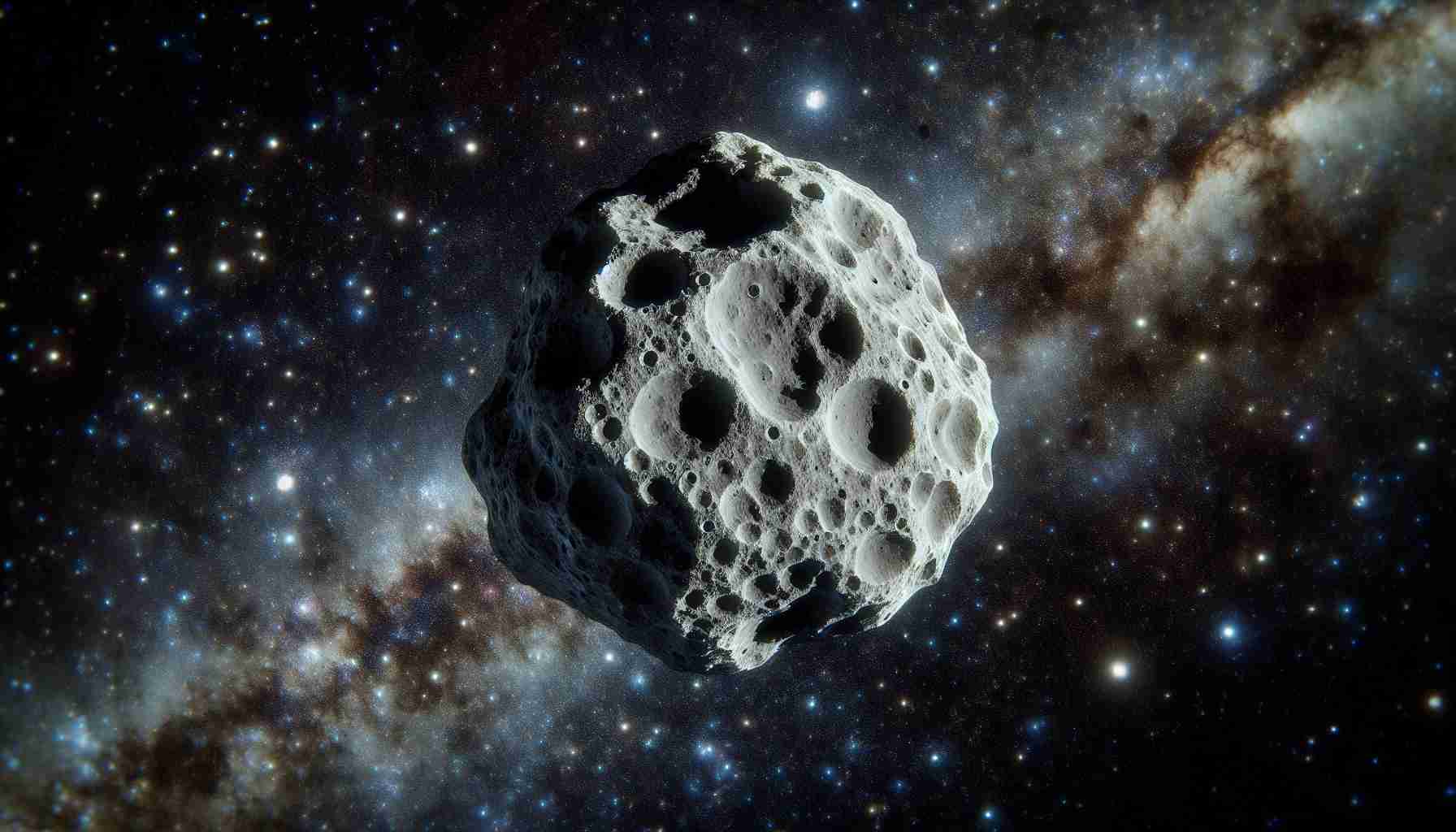- 2024 YR4, a newly spotted asteroid, drew astronomers’ attention in late 2024 due to its close proximity to Earth.
- There is a 2.3% chance of collision, equating to 23 near-miss simulations per thousand, with the asteroid traveling closer than the Moon.
- Classified as a Torino scale 3, its approach requires close monitoring but not immediate alarm.
- Asteroid tracking is complex due to gravitational influences, with a key observational period set for 2028 at 8 million kilometers from Earth.
- While not large enough to cause catastrophic damage, 2024 YR4 highlights Earth’s vulnerability, with potential evacuation needs should its path change.
- The fluctuating estimates emphasize the dynamic nature of asteroid behavior, with expectations of the threat diminishing over time.
As twilight fades beneath a canopy of stars, Earth’s celestial neighbors often prove unpredictable. In late 2024, astronomers spotted a new visitor: 2024 YR4. This asteroid, given its celestial nickname just days before the year’s end, quickly became a subject of intrigue due to its precarious dance with Earth.
Currently, the probability of 2024 YR4 colliding with Earth hovers at 2.3%, translating to about 23 near-miss simulations out of a thousand. Visualize the asteroid as a distant traveler, journeying within 240,000 kilometers of our planet—closer than the Moon, yet far enough to keep panic at bay. Astronomers remain vigilant, but calm, categorizing it as a Torino scale 3, indicative of a need for close observation, not alarm.
Yet, asteroid tracking is as much art as it is science. Their orbits, unlike the orderly paths of planets, remain suspect to gravitational tugs, even from Earth itself. A crucial moment looms in 2028, when 2024 YR4 nears at 8 million kilometers. This close brush will offer astronomers a more accurate read on its orbit, deciding if contingency plans become earnest endeavors.
Reflect for a moment on what’s at stake. 2024 YR4 isn’t large enough to trigger doom-laden scenarios; however, its potential impact is a reminder of our vulnerability. Evacuation might be necessary, yet with ample time, preparation would be thorough.
The dance of asteroids like 2024 YR4 underscores a key truth: initial estimates fluctuate, rising and falling like the tides. The most likely scenario? Its threat diminishes, leaving us to await the wonders and worries of future starry nights.
Astronomers on High Alert: What You Need to Know About Asteroid 2024 YR4’s Close Encounter with Earth
Asteroid Tracking and the Art of Prediction
How do we track asteroids like 2024 YR4?
Asteroid tracking involves both ground-based telescopes and space-based observatories, using radar and optical technology. These instruments help scientists predict an asteroid’s trajectory and potential risk. Data is refined over time, improving the accuracy of future predictions.
What is the Torino Scale?
The Torino Scale is a method for categorizing the Earth impact hazard of near-Earth objects (NEOs) such as asteroids. A score of 3, like 2024 YR4, means there is a chance of collision, necessitating careful monitoring.
Pros and Cons of Asteroid Proximity
Pros:
– Asteroids like 2024 YR4 offer opportunities for scientific exploration and understanding of our solar system.
– They raise awareness and foster international cooperation for tracking and deflecting potential threats.
Cons:
– The unpredictability of asteroid paths could result in unforeseen impacts.
– Managing public concern and misinformation is challenging for scientists and governing bodies.
Preparing for the 2028 Approach
What contingency plans are in place?
Currently, strategies such as asteroid deflection using kinetic impactors or nuclear devices are being researched. The planetary defense community remains on standby, ensuring readiness for riskier scenarios.
Could a future close encounter provide new data?
Yes, the 2028 approach is crucial for refining our understanding of 2024 YR4’s orbit and mitigating any potential future collision scenarios.
Security, Sustainability, and Long-term Predictions
Security Aspects:
Global initiatives focus on improving asteroid detection and establishing protocols for international response in case of an imminent impact.
Sustainability of Planetary Defense:
Sustainability in planetary defense involves ongoing investment in research and technology to track and potentially divert threatening asteroids.
Long-term Predictions:
Advancements in AI and machine learning in astronomical research could significantly enhance our ability to predict asteroid paths and impact probabilities with greater precision.
Related Resources
– Space.com
– Nasa.gov
– International Astronomical Union
In conclusion, while 2024 YR4 is not an immediate threat, it serves as a reminder of the need for vigilance and preparedness in the face of celestial oddities. Science continues to evolve, promising better tools and methods to protect Earth from cosmic challenges.
